All about diseases of the leaves of rubbery ficus
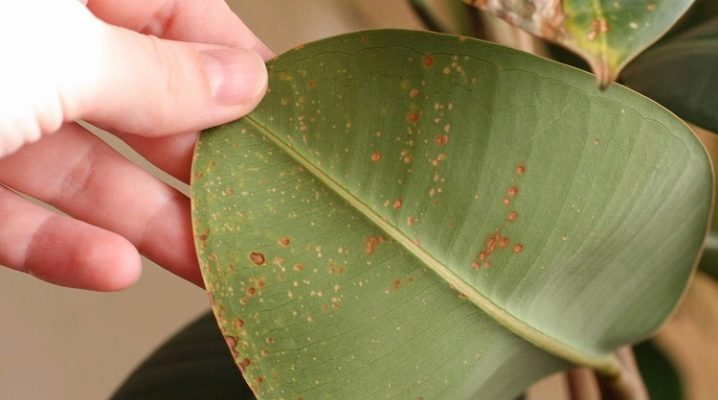
Among all tropical plants that effectively decorate homes, offices and apartments, a special place is occupied by the rubbery ficus - a species that has many obvious advantages. One of them is the unpretentiousness of the ficus, thanks to which it can successfully develop in a variety of conditions, often far from ideal. Despite this advantage, in some cases the leaves can suffer from diseases that pose a serious threat to the health of the plant, and therefore require extremely careful consideration.

Peculiarities
The described species, also known as Elastica, is a plant capable of boasting impressive hardiness. One of the confirmations of this thesis is the possibility of placing the ficus in places with relatively low lighting, which does not lead to a negative reaction from the rubber plant. In their natural habitat, representatives of the species in question can reach enormous sizes, exceeding the 30-meter mark. At home, rubbery ficus is not able to achieve such indicators, rarely reaching the height of human growth. As for the leaves, their main features are listed below:
- large sizes (length - up to 30 cm, width - up to 20 cm);
- rich dark green color;
- smooth and shiny surface;
- elongated shape with a pointed top;
- the presence of reddish stipules, acting as "clothing" for young leaves and falling off after they bloom.
The varieties of rubber-bearing ficus are also noteworthy, the most popular of which are Robusta, Melanie and Abidjan.
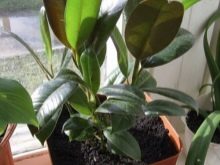
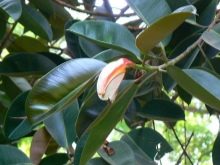
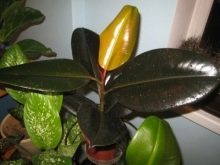
Symptoms of leaf disease
Most often, health problems of the ficus arise due to a violation of the conditions of its containment. Before starting the treatment of the plant, you should carefully familiarize yourself with the available signs, on the basis of which you can establish the cause of the ailment and take measures that best suit the specifics of the situation.
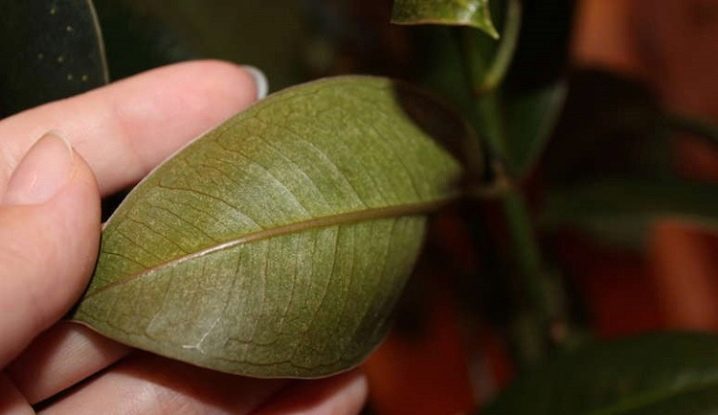
Turn yellow and fall
Ficus lovers encounter this problem most often. It is important to take into account that the described plant regularly sheds yellowed lower leaves (the oldest), this is not a deviation from the norm. You should be worried in situations where these symptoms affect all the plates of the rubbery ficus - even those located on the upper shoots. If we single out the reasons for the misfortune under consideration, then their list will look like this.
- Too frequent and / or abundant watering, leading to decay of the plant root system. A characteristic feature is an unpleasant odor emanating from the ground.
- Moisture deficiency. If this problem occurs, the leaves of the ficus can change from dark green to yellow and fall off over time.
- Excess minerals. Situations where the soil has accumulated an excessive amount of salt can lead to the loss of all foliage and the death of the plant.
- Insufficient lighting. Despite the high shade tolerance of the rubber-bearing ficus, its location in the twilight significantly weakens its health.
- Deficiency of nutritional components. It manifests itself in situations when the plant is in the same soil for a long time and is not fertilized properly.
The loss of healthy leaves by the rubber-bearing ficus deserves special mention.
The most common cause of this problem is hypothermia of the plant root system, which is especially dangerous in combination with strong drafts.
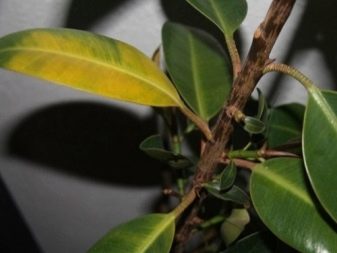
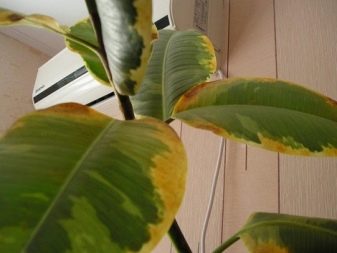
Curl up
Considering that the leaves of the rubber-bearing ficus take part in the respiration of the plant and the processes of evaporation of water, it is not surprising that they twist due to its deficiency. This is a natural reaction of the plant in situations where the temperature is too high and the humidity level is unacceptably low. In a similar way, the ficus reduces the intensity of evaporation, which threatens it with dehydration, which is important for rooms with dry air (especially if they are equipped with air conditioners and heating devices).
Another reason that can lead to the problem under consideration is insufficient and / or irregular watering. To determine the degree of soil moisture, you need to stick a wooden stick into it to the depth of the roots, and then carefully pull it out. Bits of soil adhering to it will indicate that there is no problem with moisture in the substrate, while a dry surface of the tool used will indicate that the plant needs more water.
If there are small white dots on the curling leaves of the ficus, it can be stated the presence of a spider mite - a dangerous parasite that feeds on plant juices and leads to its exhaustion. This pest prefers to be located on the inner surface of the plate, but traces of its activity are also noticeable on the outer side, which is gradually discolored.
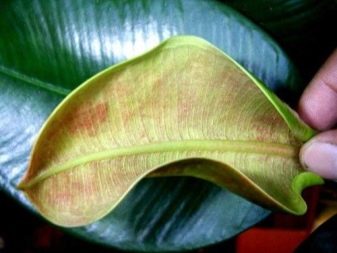
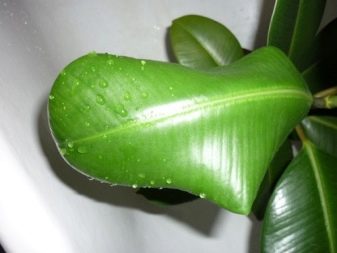
Dry and stop growing
If the young leaves of the ficus began to shrink, you should pay attention to the nutrition of the plant: most likely, it is insufficient. This recommendation is also relevant in situations where the development of the rubber plant has completely stopped. As for the thinning and gradual drying of the sheet plates, then these problems are most often caused by the action of heating devices and direct sunlight.
In such cases, the plant loses moisture at an accelerated rate, which negatively affects the key parameters of its vital activity. Another reason leading to the nuisance in question is exposure to cold.
Finding a rubber-bearing ficus in a draft can lead to a gradual wilting of its leaves, which is explained by the degradation of the plant's root system.
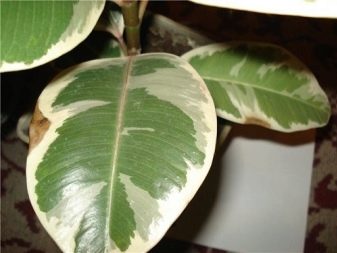
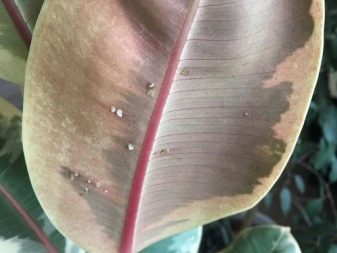
Stains
Often the spots affect the middle of the leaf of the presented plant. At first they are black, later they are complemented by a yellowish-brown edging, and then the formations increase in size and partially dry out. The cause of the misfortune is an infection that develops rapidly in a warm and humid environment (in the first place, excessive watering contributes to this). Also, this problem may be the result of transplanting the ficus into a container, the soil of which contains rotting remains of the roots of a plant that was previously in it.
If the leaves of the rubber plant are covered with brown spots with pronounced dark stains along the edges, we can say about excessive watering. There are often cases when the described trouble is complicated by an additional reason - hypothermia of the plant root system.
The presence of white spots representing mycelium plaque indicates against powdery mildew - a fungal disease that develops in warm, humid and poorly ventilated rooms. In addition, in some situations, ficus leaves can become stained. due to the activity of thrips - small parasites that feed on plant juices.
Other signs of the presence of these pests are the folding, drying out and falling off of the affected plates.
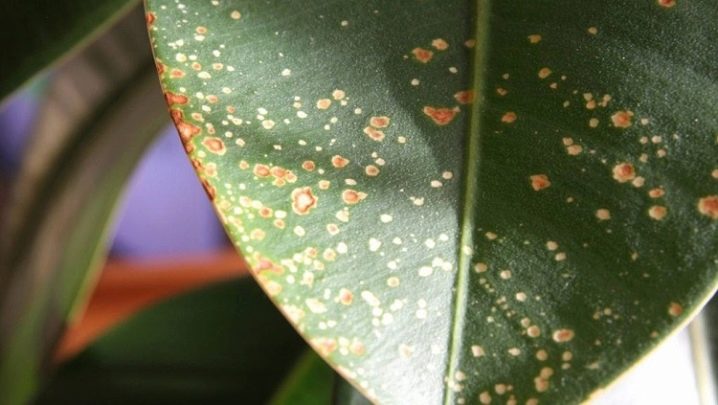
How to treat?
If the leaves of the elastic ficus turn yellow and fall off, its owner can be helped by the following recommendations:
- transfer the container with rubber to a place protected from direct sunlight;
- normalize the room temperature (optimal range - 16-26 ° C);
- flush the soil with plenty of water (in a situation where it is oversaturated with minerals);
- completely replace the substrate if a putrid smell comes from it;
- irrigate the soil regularly (a signal indicating the need for watering is the drying out of the soil 2 cm deep);
- place the pot with ficus in a place that does not suffer from a pronounced lack of light (an alternative is the use of a phytolamp).

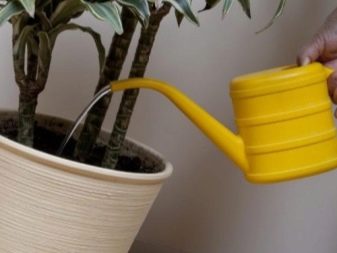
As for situations where the plant lacks nutrients, they provide 2 solutions - fertilizing according to the instructions for the drug used or transplanting the rubber plant into a new substrate. The same can be advised to improve the condition of ficuses, the development of which has slowed down or completely stopped. The rules to protect the leaves of the rubber plant from twisting are presented below:
- regular humidification of dry air in the room by means of a spray gun or stationary automatic device;
- unhurried watering of the plant, which promotes better water absorption by the roots;
- treatment with a broad-spectrum insecticide (relevant in situations where the ficus suffers from the invasion of a spider mite).
Tips deserve special mention, following which allows you to cope with spots on the leaves:
- if a fungal infection is detected, the plant and soil must be treated with a systemic fungicide (for example, "Fundazol" or "Horus");
- provide full ventilation of the room, which prevents the development of pathogenic microflora;
- to normalize the watering of the rubber plant;
- treat the ficus and nearby plants with an insecticide (as an option, "Aktellik").

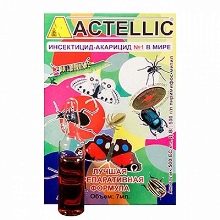

If the leaves of the rubber plant dry, special attention must be paid to its location. To avoid this trouble, it is advisable to place the plant away from batteries and other heating devices. As for situations where the ficus is exposed to direct sunlight for a long time, then one of the most effective solutions is the use of diffusing nets. As noted above, wilting of leaves can be a consequence of the degradation of the plant root system. To save the rubber plant in such cases, the following sequence of actions allows:
- carefully remove the ficus from the pot and assess the condition of its roots (if most of them are alive, the chances of recovery are quite high);
- leave the ficus without a container for 2 days;
- carefully remove all problem areas;
- transplant the rubber plant into a new substrate and sprinkle it with a fungicide.
Experience shows that it is possible to revive the plant even in situations where most of the roots have rotted. To do this, the latter are washed under a stream of warm water (clearing them of soil), all affected areas and the upper part of the stem are removed, and then transplanted into new soil treated with an antifungal agent.
The first watering is carried out after the appearance of new shoots.
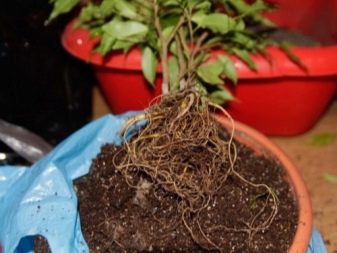

Prevention measures
In order for the rubbery ficus not to get sick, it needs to provide conditions that are as close as possible to their natural habitat. A list of other recommendations that contribute to solving this problem looks like this:
- apply fertilizers in the period from April to September (in spring - with a high nitrogen content), doing this in strict accordance with the instructions for the applied preparation;
- weekly inspect the ficus and nearby plants for the timely detection of alarming symptoms;
- carry out monthly preventive treatment of foliage with a solution of laundry soap;
- protect the rubber plant from the scorching sun in summer and heating devices in winter.
In addition, it is advisable to place the plant away from doors, vents and other sources of drafts - both real and potential. Finally, it remains to note that timely detection of problems with leaves is the key to successful treatment of rubbery ficus. By following the tips above, you can deal with the vast majority of ailments.
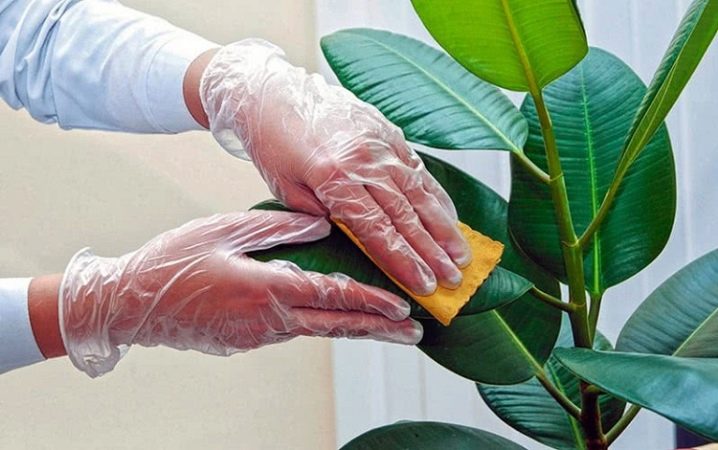
You can learn more about how to cure ficus diseases at home.

























The comment was sent successfully.